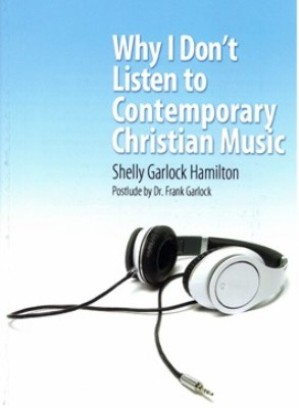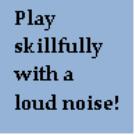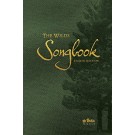Yesterday, Marion Hossa, a star forward on the Chicago Blackhawks ice hockey team, was knocked out of a game by a dirty play by a player on the Vancouver Canucks. As I was pondering last night and this morning what the NHL should do to curb this kind of dirty play, a Bible principle came to my mind that I think would go a long way towards helping with such problems.
Exodus 21 reveals a number of principles governing situations involving personal injuries. Concerning men who quarrel, God says,
Exo 21:18 And if men strive together, and one smite another with a stone, or with his fist, and he die not, but keepeth his bed:
19 If he rise again, and walk abroad upon his staff, then shall he that smote him be quit: only he shall pay for the loss of his time, and shall cause him to be thoroughly healed.
With this revelation, God made known that those who injured others non-lethally were to be held responsible to pay for the loss of time of the injured party and they were to see to it that the injured party would be cared for until he was completely healed.
Applying this principle to professional athletes who intentionally injure other players, the league would force the guilty player to pay the injured player’s salary for however long the player remains injured. Moreover, the guilty player would have to pay all the medical expenses for any treatment that the injured player would require until he is completely recovered from his injuries.
In situations where a player injures another player in such a way that it ends his career, the guilty player would have to pay for the injured player’s salary for however long the player would normally have been expected to play, on average, in the league. He would also have to pay for the medical and other expenses of the injured player for the rest of his life.
Any expenses that a guilty player is unable to pay in a situation where he injures another player intentionally would have to be borne by the player’s team.
These disciplinary measures would be enforced on both players and teams in addition to the other penalties already existing in league rules, such as suspensions, fines, etc. Hitting dirty players and teams in their pocketbooks in this way surely would help curb some of their wretched violence.
Copyright © 2011-2025 by Rajesh Gandhi. All rights reserved.







